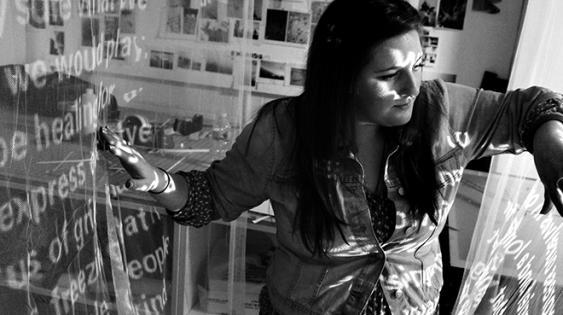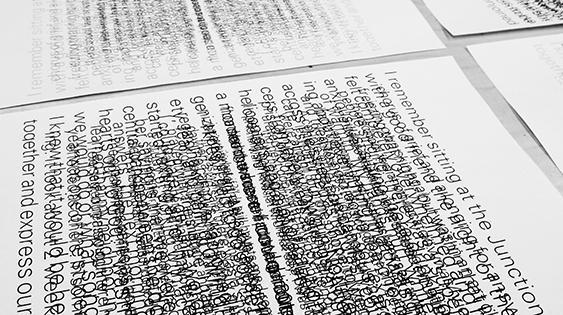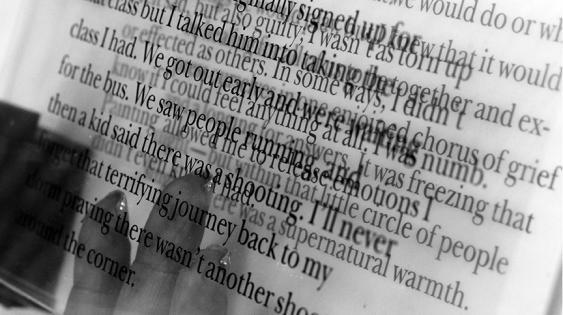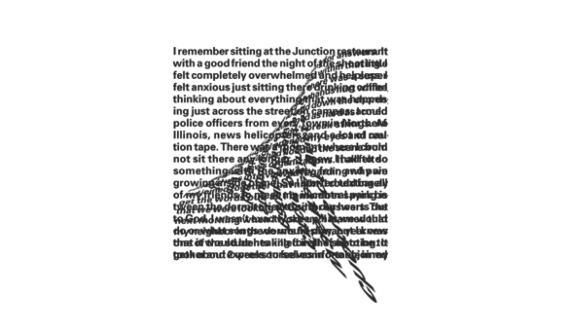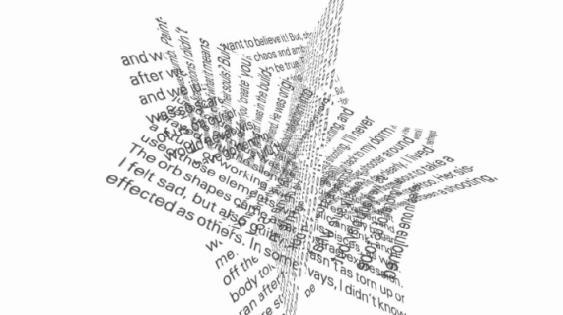Design after Loss
Collective negative events often invoke an individual’s natural desire to memorialize. I experienced such an event at Northern Illinois University in 2008 when a former student opened fire in a lecture hall, killing five and injuring over thirty. Like many others, I was the individual who sought to remember without reliving: I wanted to explore the crossdisciplinary notion of design after loss. Beginning with a brief introduction on types of memory and remembering, my masters project splits the motives behind memory and memorial into two categories—the psychology of loss and the creation of public memory.
The psychological state of groups who experience trauma parallels that of individuals. It is vitally important to address the collective’s grief, and allow media for its healthy expression. Displaced grief can have catastrophic repercussions, when the natural reactions of anger and blame are unaddressed on a broad scale. By looking at how individuals cope with traumatic events and work through the grieving process, we can begin learning how how to facilitate collective grieving within groups. Memorials that allow the public to participate in its creation, own their own narratives, and find meaning in their loss, aid in collective healing and acceptance of the event.
The other side of memorial stems from a natural desire to contribute to history. As a public, the telling of our story brings us comfort, community, and a larger identity. Yet the public memory of a tragic event often stems from a single source. Our natural desire is then co-opted to serve purposes other than serving the public. An omnipotent author of public memory chooses what is to be remembered and what details are to be willed absent or forgotten. Systematic forgetting is an important part of public memory formation and function of memorial, but it can also be used to mislead and manipulate.
The question lies in who decides what story gets told. As designers, we have a social responsibility to respect and represent the stories of the people served by our work. In memorials stemming from collective tragedy, design should seek to facilitate the grieving process and the public memory-making that comes from those who the tragedy affects. A single story should not be the only one we tell.
